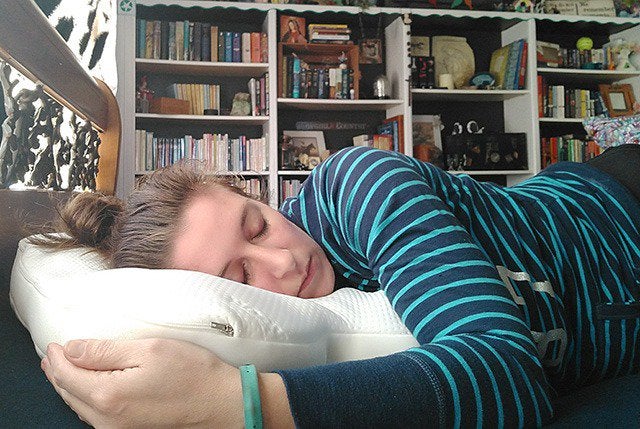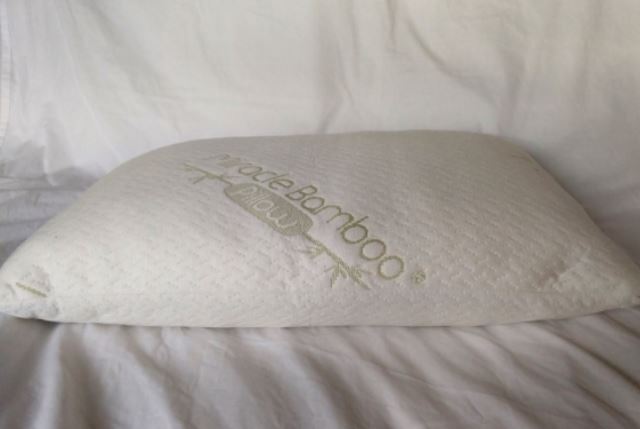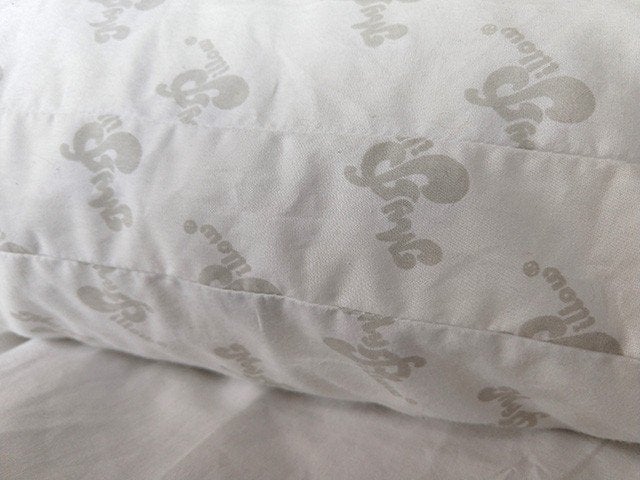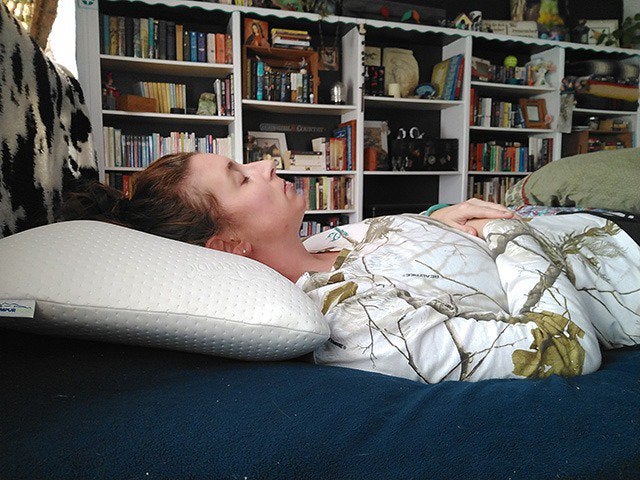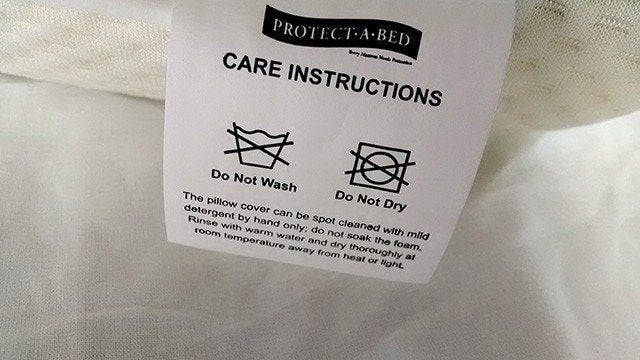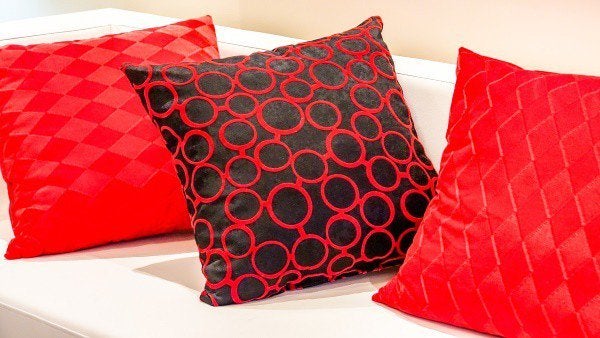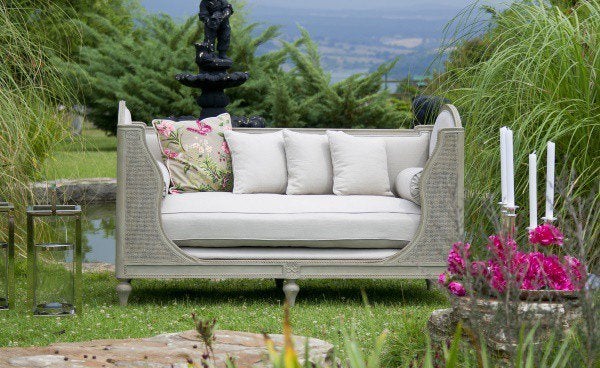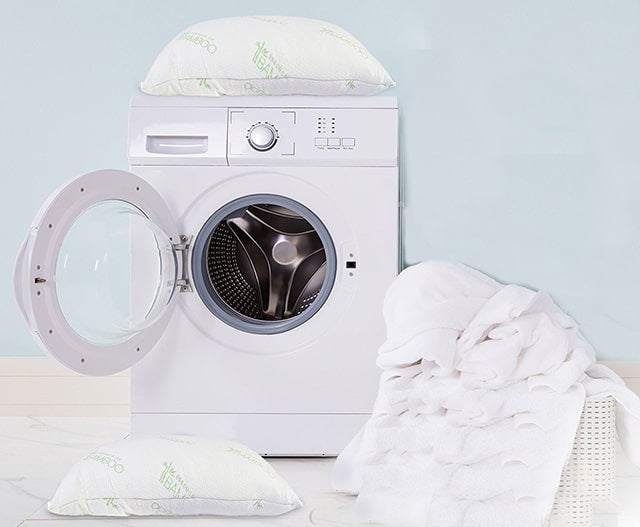Ever wonder what the difference is between pillows and cushions? Like most people, you’ve probably assumed that the words are merely synonyms for the same product. Hold onto your hat because we are about to blow your mind: that’s simply not true. Sure, pillows and cushions are rather similar. Both are products that provide a soft cushion against joints that allows for soft tissue relaxation as well as a propping of your body for posture support. However, there are more to each type of fluffy support than initially meets the eye.
This confusion between the terms generally comes down to how the words are used in different countries and cultures. However when it comes to determining what fluffy piece of comfort that you need in your life, pillows and cushions are actually quite different. It’s worth diving into the difference between the two products so that you can ensure you own the product that serves your specific comfort needs. If you’d like to discover the difference between pillows and cushions, keep your eyeballs glued to this page and scroll away. We’re about to unlock all of the mysteries and help you get the comfort and sleep that you deserve.
What is a Pillow?
Defined in the dictionary as a filled cloth bag to support the head of a reclining person, a pillow is more commonly thought of, across both continent and cultures, as what you lay your head down upon when you go to bed each night. Many times the term is also used to define what you place on a couch or lounge chair, and although technically you could consider them decorative pillows, for this article, we will be referring to a pillow as the product you use for nocturnal comfort.
Pros
- Made for head and neck sleep support
- Various materials for healthy posture
- Special construction designs
Cons
- No decorative choices
- May be difficult to wash
Materials and Construction
What is so wonderful about pillows are the many choices available to choose from concerning your sleep comfort. You need to choose the best match that supports both your sleep position and personal preferences, and because of that, you can choose from the best of many pillows that use various materials and shapes to fit those needs.
Cotton, bamboo, and polyester are amongst the most popular covering choices which encase polyfill, feather, shredded foam, memory foam, and other various fills for specific wants. Pillows also are shaped specifically to help support back, side, or stomach sleepers, or have dynamic swells and dips created with foam for added neck or back support. Some pillow fillings can be added or removed to create a more firm or softer feel, and even others use layered construction for personalized comfort.
Uses
As mentioned, pillows define those products that are used specifically for head and neck support through the night, as well as overall comfort, such as cooling properties for hot sleepers. What materials and fabrics used in the pillow help define its specific use.
Back sleepers need a thinner, supportive pillow to keep the head level between the shoulders and create a contour for the neck to rest upon. Stomach sleepers need a thin pillow that allows your head to level with the mattress as much as possible. Side sleepers need thicker, more firm support in order to hold the head and neck higher, and between the shoulders to allow the spine to stay straight.
Care
Each pillow will have different care directions. Some may allow for machine washing and drying, whereas others may only allow for spot cleaning. This is due to the specialized filling used, thus care must be taken not to destroy the comfort properties it provides. Be sure to read the directions that come with the pillow to determine the care it needs.
It can never hurt to allow your pillow to sit out in the sun to be refreshed. The personal nature of the use of a pillow can create humidity and allow allergens to build up over time. The sun’s rays help kill off unwanted dust mites, fully dry the pillow from any lingering humidity, and give it a fresh, outdoor scent.
Pillows also have a set lifespan and should be checked after 18 months to 3 years of use for any breakdown of materials. Although some pillows last much longer, it is a good habit to get into. To check your pillow life, simply bend in half and see if it springs back into shape. If it struggles, you may want to consider investing in a new one.
Concerns
The only real concern you should take into account with a pillow is that there is no such thing as a one-size-fits-all product. You need to look to a pillow purchase with both your natural nocturnal posture in mind and what personal preferences you have. And even then, what may be comfortable to one person may not work for you- so be sure to truly look at your possible choices in detail before making a final decision.
What is a Cushion?
Unlike a pillow, a cushion is more defined as a support for when you are kneeling, sitting, or lounging, and are not specific to proper head and neck alignment, nor do they lend themselves to true spinal health support. Cushions might be considered more decorative in nature overall, but it cannot be ignored that they do provide comfort. Cushions also come in a variety of shapes and sizes for various uses, as described below.
Pros
- Can be used for sitting, kneeling, or lounging
- Decorative to match decor
- Easy to care for
Cons
- Not enough support for sleeping
- Generic construction
Materials and Construction
Cushions usually follow one of two general material use, and they are filled with either a polyfill or solid foam support. The outer covering can range in material choices from natural cotton, polyester, microfibers, or other fabrics that are comforting to skin surfaces since they come in direct contact with your body and are not used with an extra casing.
The various sizes and shapes of cushions lend themselves to provide removable padding upon various pieces of furniture or may function as portable pieces that you can arrange for comfort and decoration. Plus, the covers may be interchangeable with various fillings which you can remove for cleaning purposes, or to soften, or add firmness to the uses you have for it.
Uses
Cushions can be defined as square, rounded, rectangular, bolstered, or basically, anything that provides support to your waking, lounging comfort that helps reduce pressure points- and works to support your body. With a history that first mentions their use as far back as the middle ages, cushions were, and often still are, used to soften the effects of sitting on the floor.
Although used in a personal nature, these are often much more of a common addition to your furniture to be used as needed by household members and company alike. They also are popular additions to bedding to show off as decoration in guest bedrooms.
Care
Cushions are fairly easy to take care of as many of the pillow coverings are machine washable and are simply filled with generic polyfill or foam pieces. In worst case scenarios, these are very easy and inexpensive to replace, and all you have to do is have a piece of foam cut to the correct specifications (which you can do yourself) or restuff a laundered casing.
Unlike pillows, most cushions are inexpensive, to begin with, and cost association is usually due to the more artistic nature of the product. Since they are also not as important to sleep health as your pillow, there is no worry about compromising the features it lends to sleep comfort by tossing it in the wash for a quick cleaning. Like pillows, cushions can always benefit from being aired out in the sun to help remove allergens and be freshen up every so often.
Concerns
Whereas you need to pay close attention to the comfort a pillow lends for your sleep health, cushions do not play an influential role in proper spinal alignment, so you are free to pick and choose what you want without worry of how it will affect you personally. However, cushions are usually not taken care of as much as pillows are, and they are exposed to people in high traffic areas, and therefore, they collect more dust and dirt. Most people are unaware of just how quickly their cushions may get dirty, thus you should pay particular attention to your cleaning habits due to how they are regularly used.
Pillows vs Cushions Comparison
| Pillows | Cushions |
|---|---|
| Used for sleep support and health | Used for body comfort and decoration |
| Needs to be replaced on average every 2 to 5 years | Never needs to be replaced with care |
| Specific washing rules | Simple to wash and replace filling |
Your Best Choice Explained
Fortunately for you, you don’t have to pick a pillow over a cushion or vice versa since pillows and cushions play such different roles in your household. Just remember, the term pillow is more universally accepted as a support for your sleep, whereas cushions almost exclusively refer to the pillow-like shapes that are used in the more common areas of your household for comfort and decor.
